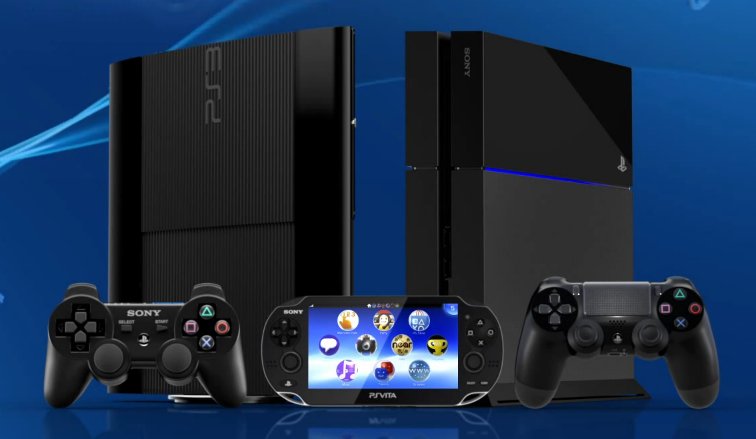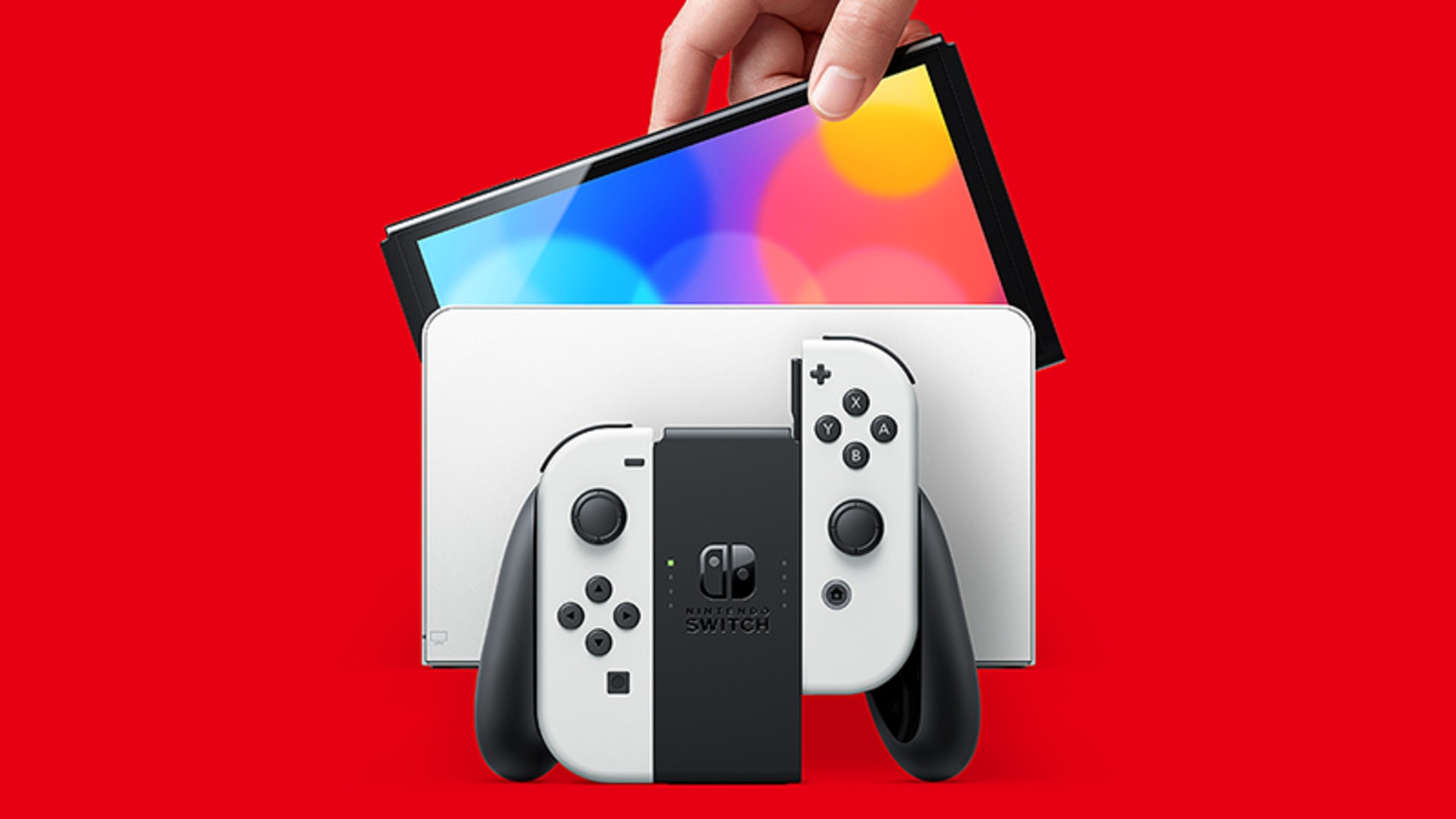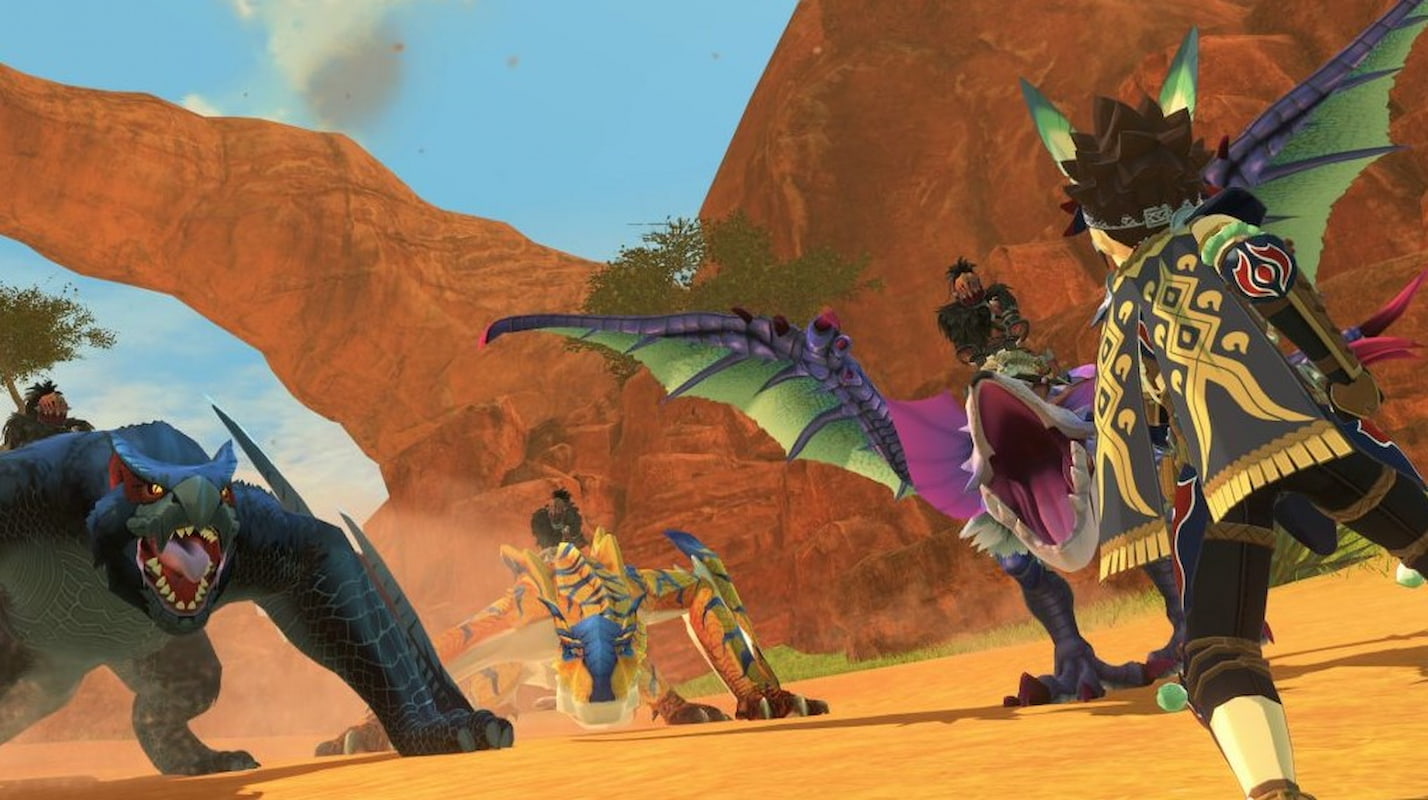Sony And PS5’s Performance In Japan Is Becoming A Grave Concern
The newest sales reports from Japan paint a very stark and interesting picture – the top 30 software sales charts for the week are all Nintendo-only. There is not one single PlayStation game in the top 30. And while it goes without saying, it bears repeating – the top 30 is all Nintendo, while being one system, which is obviously the Switch. One system has total and absolute domination over the software sales in an entire major market. This has quite literally never happened since the heyday of the NES (the Family Computer, or Famicom, in Japan), and it paints a rather sordid picture for the state of Sony’s prospects in Japan going forward.
This is honestly shocking, because even though Nintendo has traditionally done very well in Japan, Sony has always held the lion’s share of software sales in the country. The PS1 and PS2 were absolute monsters, the PSP was where most Japanese games migrated to even as the industry struggled with the transition to HD; the PS3 eventually managed to rally most of the Japanese industry behind it, with the PS3, PSP, and PS Vita forming a combined ecosystem that saw a lot of Japanese publishers continue to prioritize and emphasize PlayStation systems for their projects. Once the PS4 came on to the scene, it took a while to get going, but even while it was finding its footing, the PS3 and PS Vita held up the fort, and eventually, the PS4 and Vita continued that ecosystem further.
The issue is, PlayStation wasn’t getting Japanese third party support because of any particular effort by Sony, or quality inherent to PlayStation platforms. It was getting that third party support because there were quite literally no other platforms for those games to go to. Xbox consoles are a non-factor in Japan – they’re out of reckoning for this one (though Xbox has been gaining some good ground with the Series consoles in the land of the rising sun the last few months, surprisingly enough). So it always came down to PlayStation or Nintendo.
There, the answer was always obvious – yes, the Wii had sold more, but the audience it had cultivated wasn’t particularly interested in buying RPGs, action adventure games, or visual novels – the types of games Japanese developers thrive at making. Yes, the DS was massively successful, and its audience did want to buy just about any game you could put on it – but it was extremely weak in terms of hardware, meaning a lot of games couldn’t come to it even if the developers wanted. The PS3 and PSP became the platforms to go to by default, essentially.
The 3DS was a clear attempt at courting the PSP audience, and it actually did make inroads there, but the Vita allowed for easy cross-porting between it, the PSP, the PS3, and the PS4, which as a combined ecosystem was still far more valuable (and easier to get into) than the bespoke and singular 3DS could manage. So in spite of the 3DS’ monstrous success in Japan, and the Vita’s relative failure, most third party support in the country still went to PlayStation. The Wii U was an abysmal misfire, meaning it was never in reckoning, in turn making the PS4 the default system to go to.

Essentially, then, what Nintendo needed to do was to come out with a device that was capable enough to host games Japanese developers like to make, cultivated an audience that liked buying the kinds of games Japanese developers like to make, was easy to develop and publish games for, and which had a big install base. Until the Switch, one or the other of these factors has always been missing, which had only reinforced Sony’s position as the de facto, default place to go to for Japanese developers. But that’s the thing, if your success is built not off of your own merits or anything you have done, but rather, the competition’s consistent misfires, then eventually you’re going to lose the top spot. Unless you make active efforts to solidify your position, and just rely on the competition bumbling, it will come back to bite you.
Sony has not only not made the appropriate efforts to cultivate the Japanese market, but has, in fact, done everything in its power to alienate and diminish it. From closing its local in-house Japanese development studio to imposing arbitrary content and administrative restrictions on Japanese games and game creators, to simply arrogantly throwing their weight around, with things as trivial as their reversal of the X and O button functions in the PlayStation UI and the lack of support extended to local developers, Sony has been burning bridges with a lot of Japanese developers and publishers for a while now.
So between Sony’s consistent sidelining of Japan, and Nintendo finally getting a system out that checks all the boxes, what has happened? We have ended up with a situation where a PlayStation system is no longer the default, where at the very least a lot of the Japanese support it commanded as de facto exclusive (because, again, where else would those games go?) has become at least multiplatform (such as with long running PlayStation exclusive franchises such as Atelier), or outright exclusive (such as with Disgaea). We’ve ended up at a point where Japanese games sell more on Switch – not just in Japan, but worldwide now.
None of this is really new information – but it does tie into a broader point about Nintendo and Sony’s contrasting strategies, and how they are indicative of the broader directions the two companies have chosen to take for their respective brands. Sony has decided to go all in on the high end, the prestige associated with the next blockbuster big budget release. Those are the games Sony chooses to highlight and associate with – which isn’t to say smaller fare isn’t allowed on PlayStation, of course, it is, but Sony really doesn’t care about any of that. This is why indie games have also suffered a similar fate as Japanese games on PlayStation – they are mostly sidelined, because Sony wants all eyes on the next big blockbuster, whether its own, or from its partners.

And to be fair to Sony, those partners might well be indie or Japanese too. Sony does highlight Japanese games – such as Final Fantasy. Sony does highlight indie games – such as Kena: Bridge of Spirits. But all those games are carefully curated and selected high end “blockbusters”, even within their own niches, and so they get Sony’s approval. In contrast, 13 Sentinels: Aegis Rim can be an award winning, critically acclaimed game that is PS4 exclusive (not even on PC!), and Sony doesn’t even acknowledge it on its own store page.
This is the reverse of Nintendo’s strategy. Nintendo has embraced the mid-tier of the market, that segment of the market that the transition to HD all but killed until the Switch gave it a thriving ecosystem to subsist in. This is why Nintendo has no trouble holding 30 minute long streams dedicated to nothing but indie games every few months. This is why low- to mid-tier Japanese games such as No More Heroes III or Rune Factory 5 get showcased in their presentations so frequently. Nintendo has zero trouble highlighting the high end, of course – when it has high end games coming to its system, it pushes them for all they’re worth. But to Nintendo, there is no distinction or difference between a high end game or a mid tier one, and as long as it’s an appealing game, it will get marketed by the company.
What this has led to, in turn, is two very different software markets and ecosystems on PlayStation and Nintendo. Amusingly enough, they each seem to be imbibing what the other was like in the past. In the past, PlayStation was the platform that democratized game development, and highlighted and pushed everything. That’s why so many of these once small developers and franchises, such as Persona, grew on PlayStation platforms to begin with. Nintendo was known to highlight a “premium software” strategy, where carefully curated hits, its own as well as from select third party partners, were what were marketed. This led to two very different software markets and ecosystems across the platforms – PlayStation owners were more willing to buy out different kinds of software, rather than just the next big hit, and a lot of smaller games and developers saw massive success on there as a result. On the other hand, Nintendo owners were likely to just wait for the next big hit – almost always just a Nintendo game, but sometime a carefully selected third party title too, whether it be Star Wars: Rogue Squadron on the N64 or Resident Evil 4 on the GameCube.
Right now, we’re seeing the opposite of that. Sony has cultivated the blockbuster audience – the audience waiting for the next big hit from Sony, or the next major AAA blockbuster drop. This audience is focused on the latest and greatest, and as a result, a lot of it isn’t really too interested in picking up a random indie or Japanese game that looks like it was maybe cutting edge back on the PS2. And that’s obviously fine – there’s nothing wrong with preferring the cutting edge as a player, and there’s nothing wrong with Sony choosing to focus on that, given how successful they are right now.

Nintendo players, on the other hand, thanks to Nintendo taking the initiative to actively cultivate an audience that is willing to try out a whole bunch of things – from the newest indie game that looks even slightly interesting to the newest Japanese game in a long running niche series – are now taking more risks, a broader approach with what they choose to buy. Obviously, given the Switch’s freakishly high software attach rates, they’re pretty happy with what they get when they experiment with these games too, leading to this kind of software support for the platform being further perpetuated, and customers being exposed to an even broader array of games. There’s a reason that where once, smaller games would become huge on PlayStation before maybe migrating over to other systems, the opposite is happening now – there’s a reason that Hollow Knight and Hades were big on Switch before they were on any other console, and that reason is that Nintendo has created an ecosystem where developers and customers alike are likelier to have an affinity for broad, varied software across the spectrum, rather than just sticking to the next big blockbuster.
This kind of embrace of all games is why the Japanese industry has ultimately rallied around the Switch at this point, why the Switch is the Japanese games industry, in fact. Obviously, the PS5 will continue to get Japanese support – high end Japanese games such as Resident Evil can’t go anywhere else, and even with the smaller tier stuff, a lot of it will probably come to PlayStation because a multiplatform release strategy makes sense, with the ease of porting for modern systems. But more and more, we’re going to start to see the kind of ecosystem PlayStation cultivated over two decades to slowly migrate over to Nintendo going forward – assuming, obviously, that Nintendo doesn’t decide to pull a Nintendo and mess things up with the Switch successor.
Nintendo is probably going to mess things up with the Switch successor.
Note: The views expressed in this article are those of the author and do not necessarily represent the views of, and should not be attributed to, GamingBolt as an organization.


Comments are closed.